
The Alarming Rise of Deepfake Technology
The proliferation of deepfake technology has ignited concerns about the authenticity and integrity of digital media.
Enabled by sophisticated machine learning algorithms, deepfakes manipulate audio, video, and imagery to convincingly generate content that blurs the line between reality and fabrication. In this article, we delve into the mechanisms behind deepfake creation, the ongoing efforts to detect and counteract them, and the broader consequences for information integrity, privacy, and public trust.
1. Blurred Lines Between Real and Fake
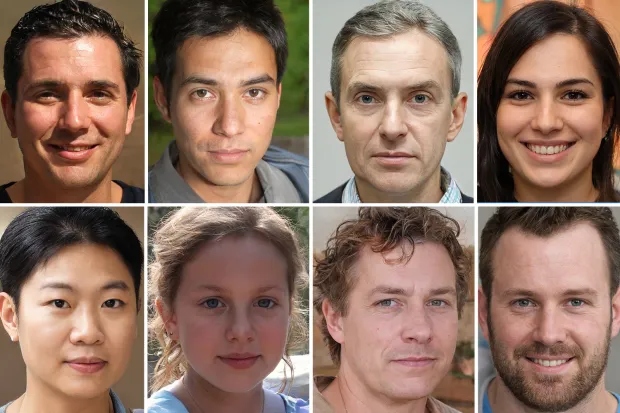
The core of deepfake technology lies in the fusion of AI and creative deception. By training deep neural networks on massive datasets, these algorithms learn to mimic the style and mannerisms of real individuals, enabling the synthesis of hyper-realistic content. From imitating speech patterns to facial expressions, deepfakes push the boundaries of visual and auditory mimicry.
2. Technological Arms Race
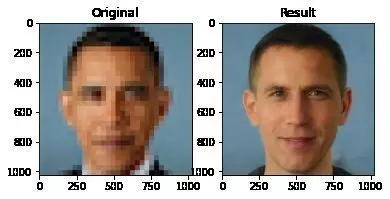
As deepfake technology evolves, so do the strategies for detection. Traditional methods, such as forensic analysis and watermarking, are increasingly ineffective against the intricacies of modern deepfakes. However, emerging detection approaches, including digital fingerprints and AI-based algorithms, hold promise in identifying manipulated content. The race between deepfake creators and detection experts underscores the dynamic nature of this technological arms race.
3. Severe Implications for Society and Democracy
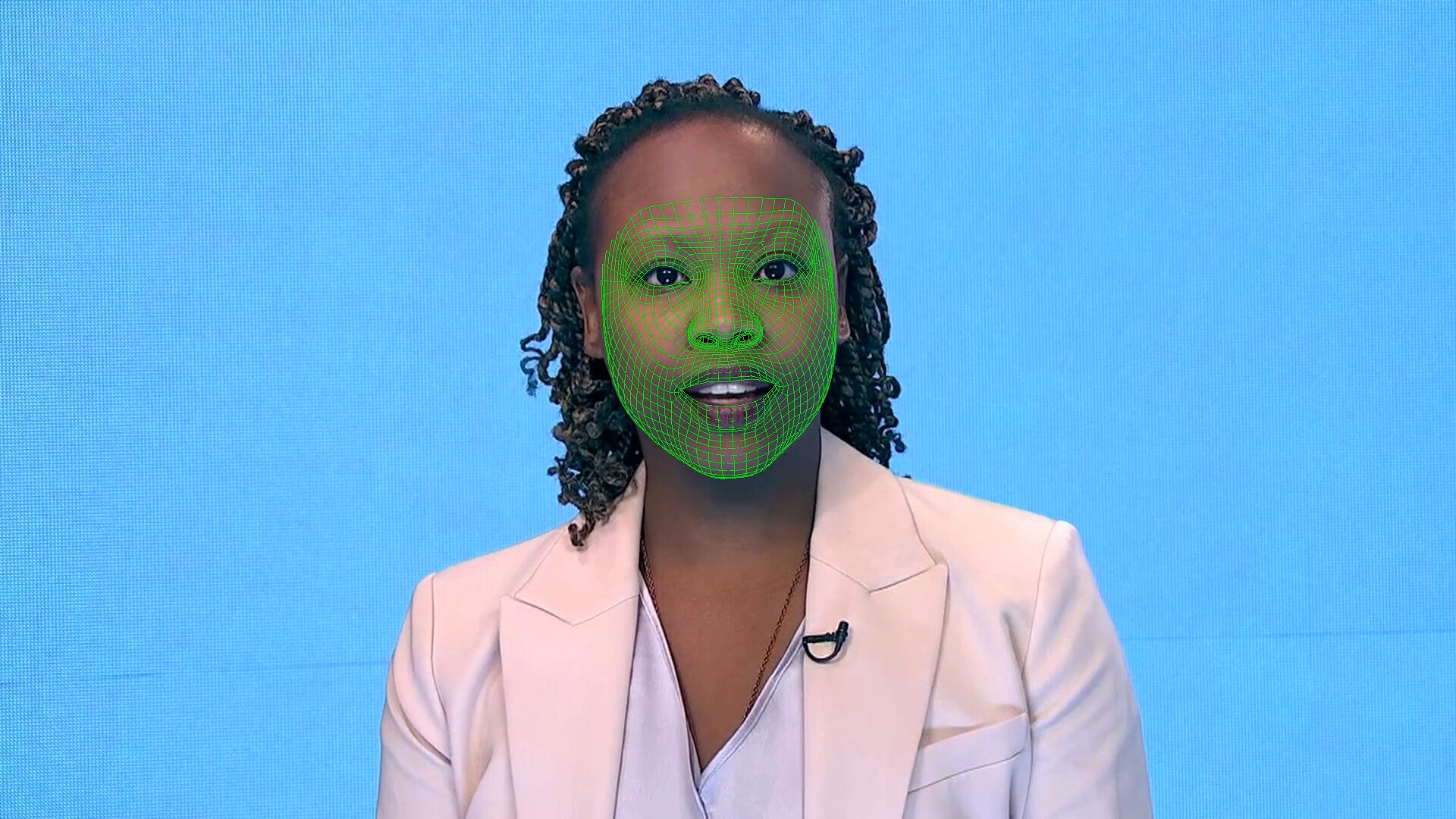
The repercussions of deepfakes extend beyond entertainment and media. These synthetic creations have the potential to disrupt political landscapes, erode public trust, and facilitate misinformation campaigns. Their deployment in generating false speeches, fabricated interviews, and fraudulent transactions poses a dire threat to the authenticity of information in an increasingly digital society.
4. Ethical and Privacy Concerns
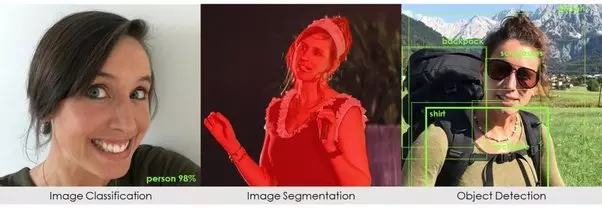
The rise of deepfakes raises ethical dilemmas surrounding consent and privacy. Individuals can be inserted into compromising situations or portrayed saying things they never uttered. As deepfake technology becomes more accessible, the power to manipulate and tarnish reputations amplifies, demanding a reexamination of ethical boundaries and the establishment of legal safeguards.
5. Countermeasures and Technological Resilience Are Needed
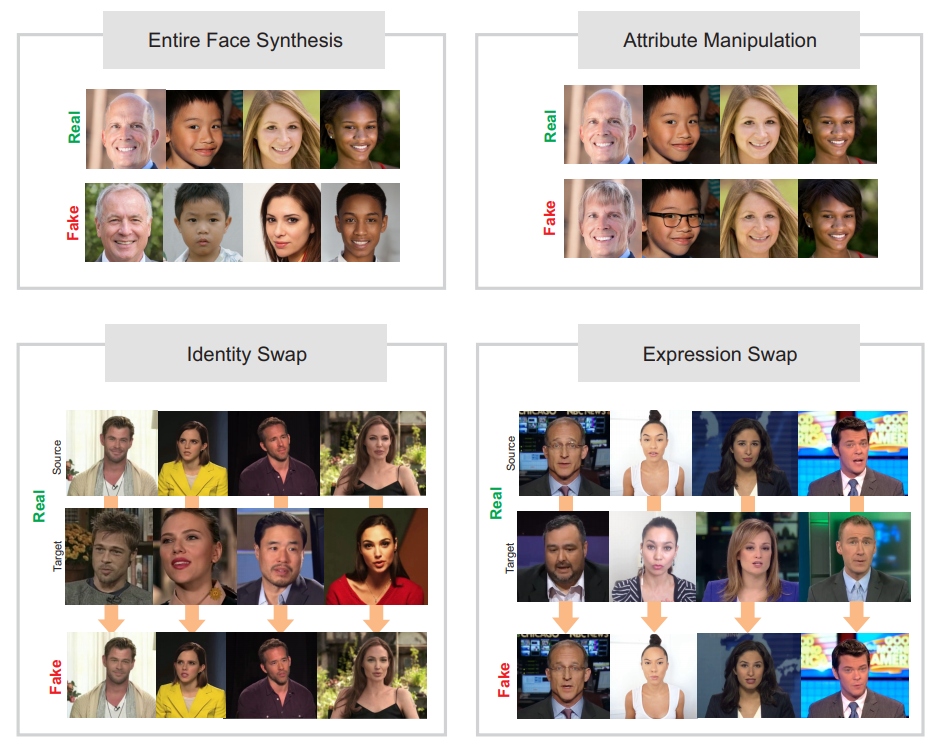
Addressing the deepfake challenge requires a multi-pronged approach. Robust detection techniques, reinforced by AI and blockchain technology, are essential to identifying manipulated content. Additionally, educating individuals about the existence and implications of deepfakes can enhance digital literacy and resilience in the face of disinformation campaigns.
6. It's Time to Act Now Before It's Too Late
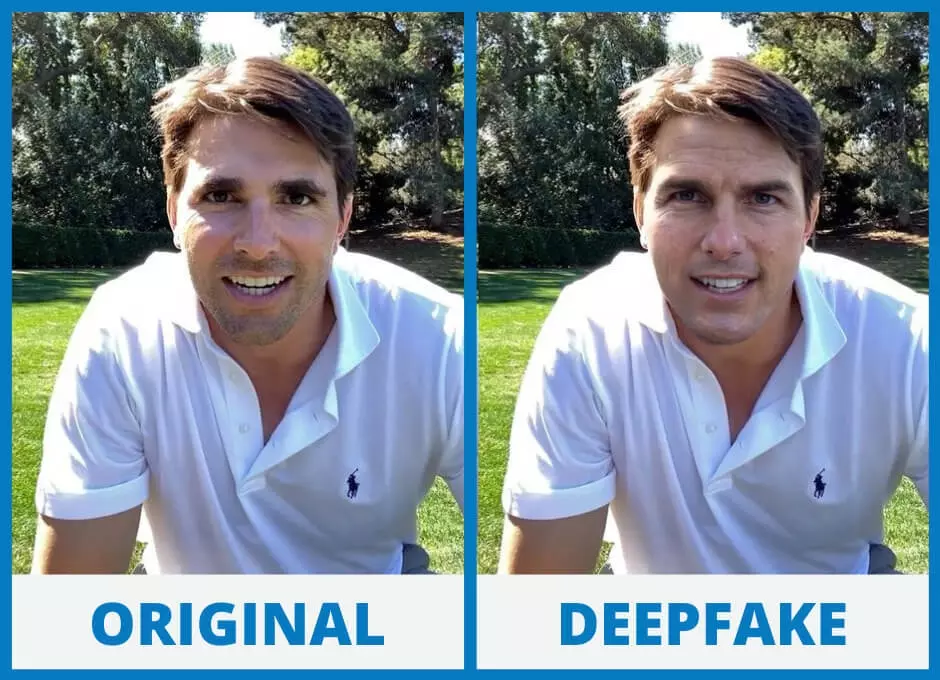
The alarming rise of deepfake technology necessitates a concerted effort to comprehend its multifaceted impact. The fusion of AI, machine learning, and creative manipulation has given rise to synthetic content that challenges the authenticity of digital media. To safeguard trust, democracy, and information integrity, interdisciplinary collaboration among researchers, technologists, policymakers, and society at large is imperative. The increase of deepfakes across the internet serves as a call to action to preemptively address the ethical, social, and technological implications of this disruptive force.
Trending
-
1 How Does SaaS Differ From IaaS And PaaS?
Fabrice Beaux -
2 Single Page Applications vs Multi-Page Applications
Fabrice Beaux -
3 Top 7 Effective Strategies for Multi-Language Website Development
Fabrice Beaux -
4 Boost Engagement to Infinity and Beyond: Unleashing AI-Driven Support
Anas Bouargane -
5 The Cheapest And Most Beautiful Stickers in CS2
Daniel Hall





Comments